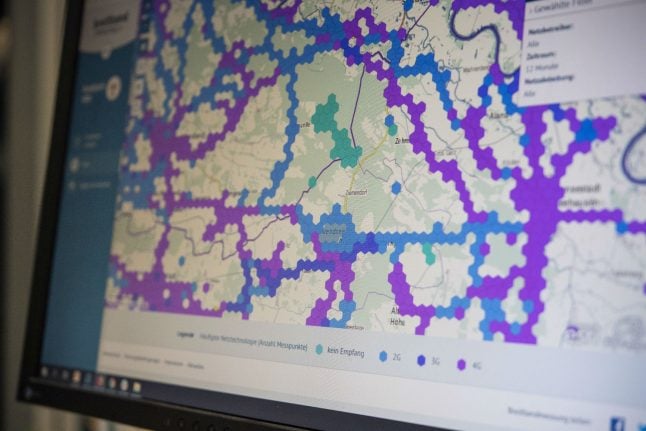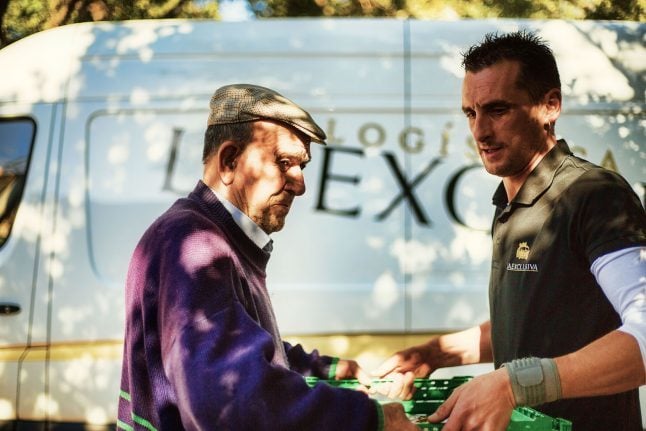Germany has long been notorious for its lack of mobile connection. The term Funklochrepublik (roughly “radio hole republic,” or mobile dead zone) snagged second place in the country’s annual Word of the Year competition.
READ ALSO: German word of the day: Die Funklochrepublik
Now, the Bundesnetzagentur (Federal Network Agency) has put together a Funklochkarte (radio hole map) so Germans everywhere can see how their connectivity measures up to the rest of the country.
According to the agency, the software commonly known as the Funkloch-App has been downloaded nearly 200,000 times from the Apple and Android Play stores since its introduction.
In total, users have provided and transmitted almost 160 million measurement points as the basis for the Funklochkarte.
What were the findings?
While there tends to be good 4G (LTE) coverage in densely-populated German cities, it can be patchy or even non-existent in the countryside. Even in the capital city of Berlin, places only offering 3G (UMTS) or even 2G (GSM) speeds still exist.
Many 2G (GSM) coverage zones follow along motorways and public transport lines, while more rural areas simply have no coverage.
Hamburg, Germany’s second largest city, has notably less 4G (LTE) coverage than even Berlin. Inner-city Cologne, on the other hand, seems to have the best coverage of the three.
READ ALSO: Germany's (dis)connectivity: Can the broadband internet gap be bridged?
The Funklochkarte, despite its massive data gathering, does have limitations. Although the app can tell the difference between 2G (GSM), 3G (UMTS), 4G (LTE) and 5G connections, it is limited by user’s networks and phone contracts.
For example, someone restricted to 3G through their contract can only “show” the app this connection, even if higher speeds are available in the area.
The Bundesnetzagentur says it’s planning on taking data collected by users to improve coverage. In addition, the Agency provides programs for Windows, macOS and Linux computers to check the speeds of fixed home internet connections, although speeds can also be limited by providers.




 Please whitelist us to continue reading.
Please whitelist us to continue reading.
Member comments